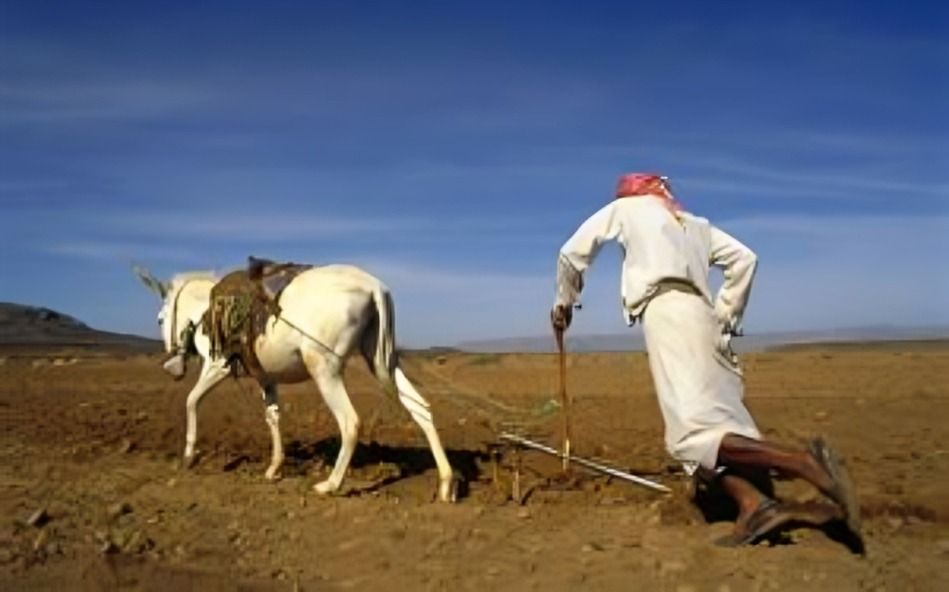
“
The Impact of Climate on Neolithic Farming was profound, influencing how early agricultural societies adapted their practices for survival and growth. As these communities transitioned from foraging to farming, climate fluctuations played a crucial role in determining crop choices, irrigation methods, and settlement locations. Neolithic farmers displayed remarkable resilience and ingenuity, responding to changing environmental conditions with innovative techniques to optimize yields and manage resources. In this blog, we will explore 20 captivating facts about the impact of climate on Neolithic farming, highlighting the strategies these early societies employed to thrive amid their challenges.1
”
The Neolithic period marked a pivotal shift in farming, influenced significantly by climate changes that led to the domestication of plants and animals. This transformation allowed societies to settle and flourish.1
As glaciers melted after the last Ice Age, warmer conditions led to the formation of fertile lands, allowing early humans to establish agriculture in regions such as the Fertile Crescent, promoting growth and settlement.2
The emergence of freshwater resources was vital for Neolithic farming. Rivers and lakes provided essential irrigation, leading to enhanced crop yields and permanent settlements across various regions.3
Climate variations supported crop diversity, enabling the cultivation of grains such as wheat and barley. These staples not only enriched diets but also significantly contributed to population growth and societal development.4
Climatic challenges such as droughts and floods prompted Neolithic farmers to innovate. They developed techniques like crop rotation and surplus food storage to adapt to changing weather patterns.5

The warming climate during this era facilitated animal domestication, creating abundant grazing lands for sheep, goats, and cattle. This transition significantly improved agricultural efficiency and food production in early societies.
Pests and diseases emerged as significant challenges in Neolithic farming, as warmer temperatures created favorable conditions for crop-destroying insects and plant diseases, prompting early pest management strategies.6
Increased agricultural surplus allowed Neolithic communities to engage in trade, exchanging crops and livestock. This interaction facilitated cultural exchanges and fostered innovations in farming practices.7
The Neolithic era also marked a transformation in human-environment relationships, as communities cleared land for agriculture, altering local ecosystems and sparking early discussions about sustainability and land management.8

Modern scientists study Neolithic agricultural systems to understand climate's role in shaping farming practices. These ancient systems offer valuable insights into sustainable practices for addressing contemporary climate challenges.
The legacy of the Neolithic period underscores the importance of adaptability in agriculture. Early societies demonstrated resilience in the face of climate variability, a lesson still relevant today.9
Through their innovations, Neolithic farmers laid the groundwork for future civilizations, shaping not just agriculture but also the socio-economic structures that would define human history.10
Understanding the impact of climate on Neolithic farming highlights the interconnectedness of agriculture and the environment, revealing the ongoing relevance of these ancient practices in today's world.11
These pioneering agricultural innovations revolutionized food production, laying the groundwork for the emergence of complex societies and eventually leading to the development of urban centers in Neolithic times.12
Neolithic farming practices illustrate how climate influenced resource management strategies, demonstrating the adaptability of early humans in the face of environmental change.13

The climate-driven evolution of agriculture during this period spurred technological advancements like the plow, which revolutionized farming techniques and significantly improved agricultural efficiency for early societies.
Ultimately, the impact of climate on Neolithic farming illustrates a critical period in human history where environmental changes spurred innovation and laid the foundation for future agricultural practices.14
These insights emphasize the necessity of understanding historical agricultural responses to climate, guiding modern efforts to develop sustainable farming methods amid current global challenges.15
The Neolithic transition to farming not only influenced local communities but also shaped broader economic systems, reflecting the importance of environmental awareness in agricultural practices.16
The interplay between climate and agriculture during the Neolithic era demonstrates that successful farming requires a deep understanding of ecological systems, which remains vital in today's agricultural landscape.17


